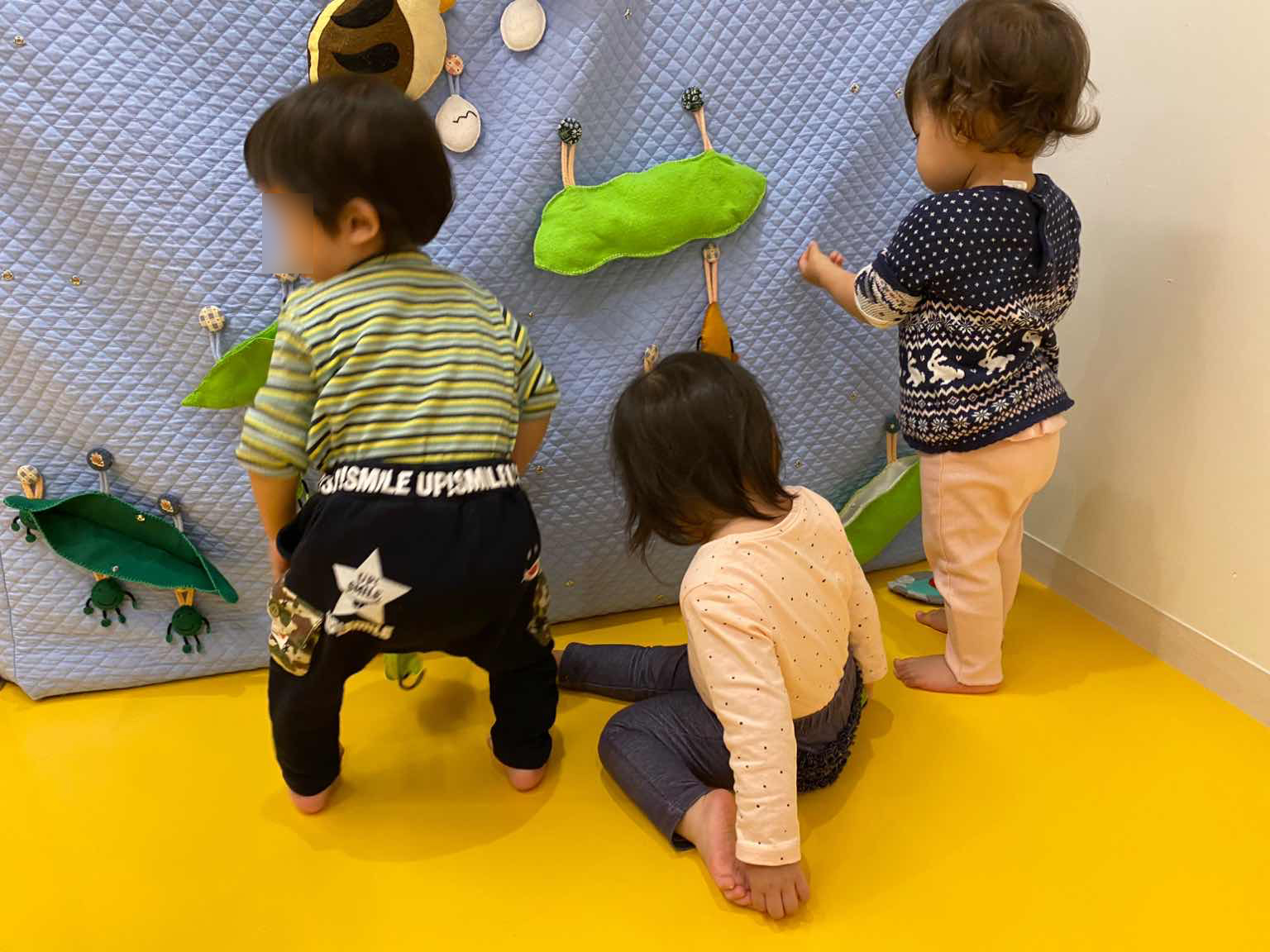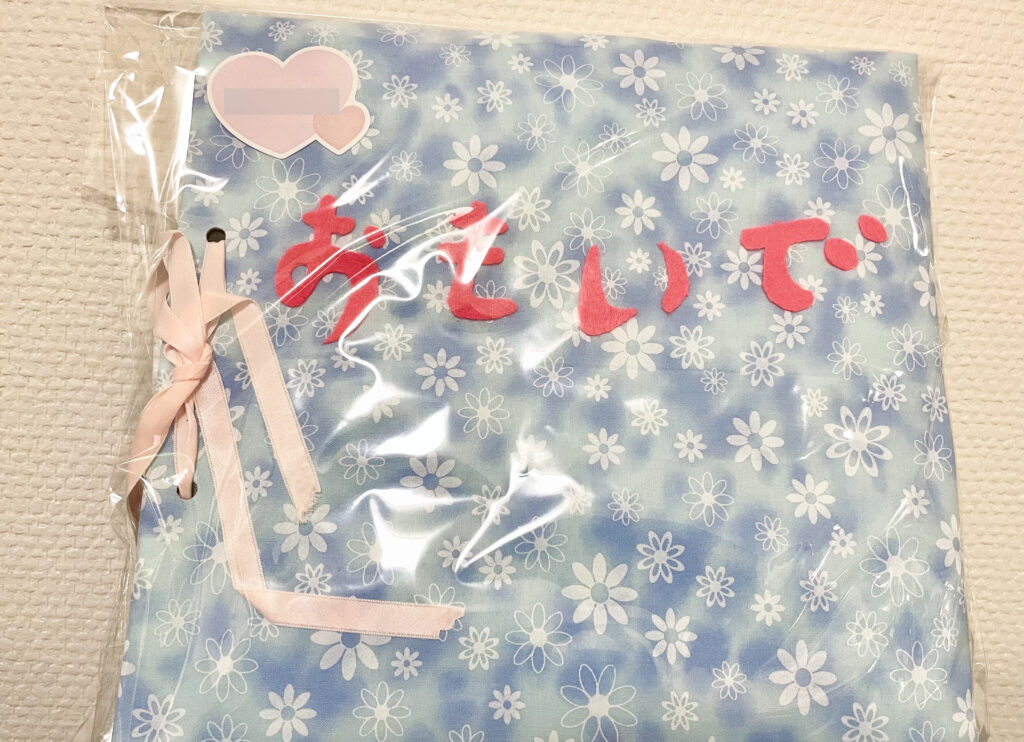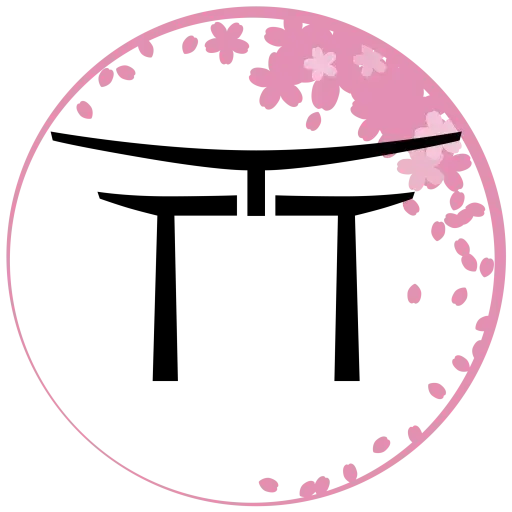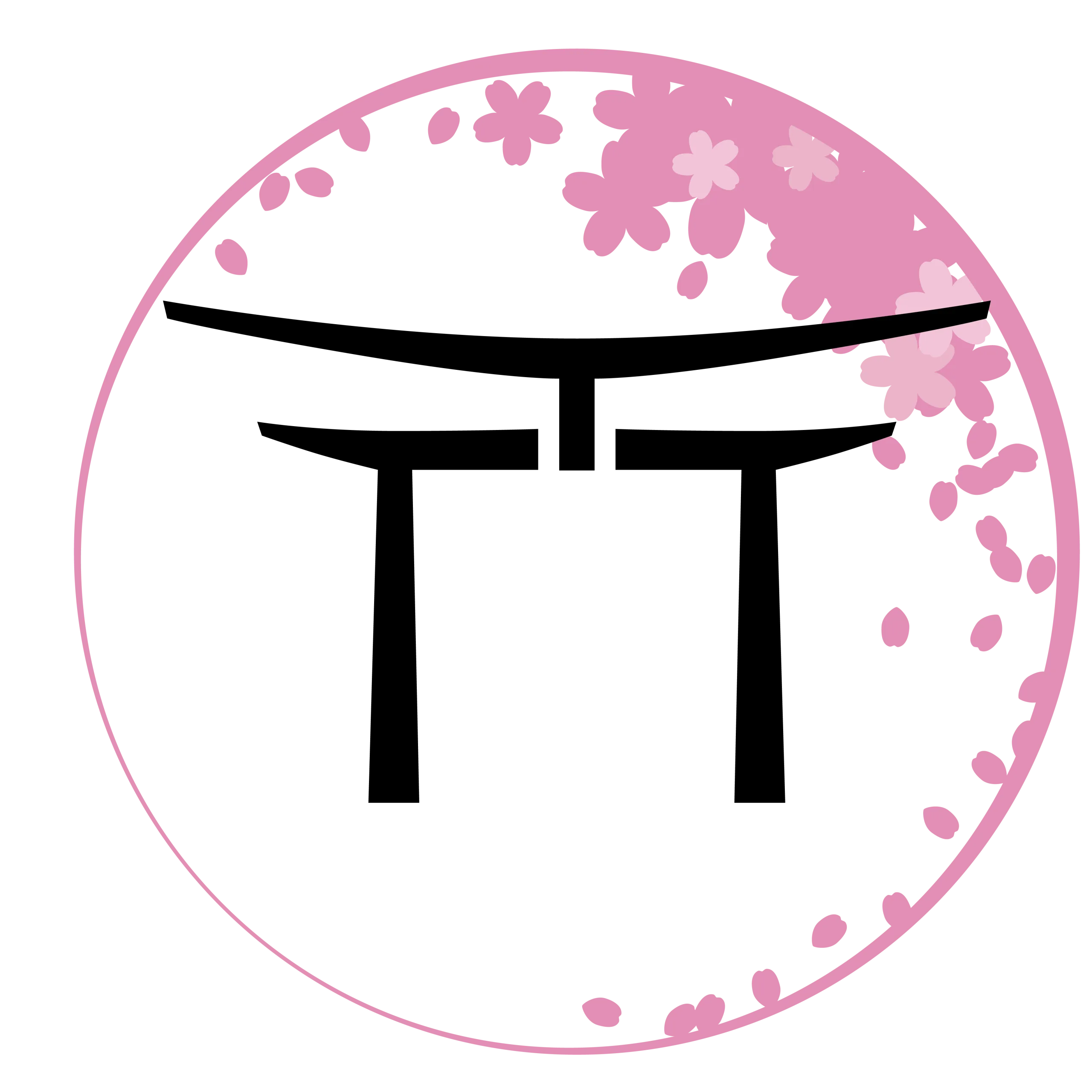One Year of Daycare in Japan

Last Updated on September 10, 2024 by Kay
This post may contain affiliate links, meaning I may earn a small commission on any purchases through those links at zero additional cost to you. Whatever I make goes to keeping this website running and I am forever grateful for the support. See my Privacy Policy for more information.
My daughter has officially finished one year of daycare (hoikuen) in Japan!
In the beginning, I was very worried about her starting daycare from only 9 months old, especially because of the pandemic. However, everything worked out in the end and my husband and I truly believe putting her in daycare was a good decision. As with everything in life, there were some ups and downs, so I thought I would share what the first year of daycare was like.
Please read this post if you would like an overview of the daycare system in Japan and how to apply.
Daycare in Japan: The Good
Over this past year, my daughter developed far more than I could have imagined!
About a month after she started daycare, she started walking (!) and talking a lot. Of course, I am a first-time mom and every child is different, so it’s hard to say whether my daughter’s social and cognitive development would have been different had she not attended daycare. I think she may have spoken English more had she been staying home with me, but since she was at a Japanese daycare most of the time on weekdays, she primarily speaks Japanese.
I am so impressed with how much of a chatterbox she is! She says things like, “みてみて (mite mite)!” if she wants me to look at something, uses verbs and adjectives to describe actions and things, and can count to ten in Japanese. I think interacting with other kids at daycare has significantly contributed to this, especially since she doesn’t have opportunities to interact with other kids outside of daycare due to the pandemic.
She also learned how to use greetings like おはようございます (ohiyou gozaimasu), say phrases like “いただきます!”, “ごちそうさまでした! (“Itadakimasu!”, “Gochisousamadeshita!”), and “ごめんなさい” (Gomen nasai) with a little bow. However, she also picked up the dreaded “ヤダ!” from her older classmates, which is a word that is apparently beloved by toddlers in Japan (anything she doesn’t like is “ヤダ!”, which seems to be everything lately except for animals and trains).
Daycare provided A with different healthy lunches every day, specifically Japanese food that I probably wouldn’t have been able to make had I been the one taking care of my daughter full-time. I don’t like the smell of fish so I’m glad that she was able to eat fish at daycare at least since I don’t cook it at home.
View this post on Instagram
A’s daycare also had a lot of fun events for her to take part in. There was a summer festival (夏祭り), Sports Day, and they even set up little stores one day so the kids could pretend shop with coupons and play money! I really appreciated all the effort the daycare staff put into making each day fun and educational for the children.
Baby A’s daycare had a little 夏祭り today🍧There were so many cute handmade games and items! It was nice to experience since there are no festivals this year & we hardly go out as a family.
The daycare staff did an amazing job, I wish they were paid more for all that they do. pic.twitter.com/umyKNtxtyJ
— Kay 🌙 (@tinyintokyo) August 28, 2020
After the first week of narehoiku, A started to enjoy daycare, to the point that she would get her things ready in the morning before it was even time to go! At home, she would say the names of her little Hiyoko classmates and it was undeniable that at the end of the first year of daycare, all the kids in A’s class were quite close.
A also mimicked the older children a lot, so when they went to use the toilet, she wanted to do the same! She’s still in the beginning stages of toilet training but it’s nice that daycare will help her (and us!) with this very important stage.
One thing I should note is that there was very little prep that we needed to do before A started this daycare. Looking back, I think we were very lucky as some daycares in Japan require a lot from parents, such as bringing a futon for their naps and cleaning it every so often, washing cloth diapers, hand-sewing bibs and bags, buying their renrakucho on their own, and so on.
Daycare in Japan: The Bad
Sending my baby to daycare during a pandemic was not something I ever imagined I’d have to do. I felt like a horrible parent but keeping her at home would mean quitting my job, and daycare was the only opportunity she had to interact with other kids her age.
As expected, she got sick, especially in the beginning. I think for about half a year she was sick every month, which meant that my husband and I would also get sick every month. Her immunity eventually built up, though, to our relief.
Although we really liked the staff at A’s daycare, there was an unfortunate incident last year where the manager refused to wear a mask for a period of time. I saw her not wearing a mask when I visited the daycare for sankanbi and my husband complained.
The manager, however, doubled down and in the monthly newsletter, wrote that she would not wear a mask because it was important for children to see faces in order to learn how to talk.
Well, needless to say, the other parents were furious and complained enough that the manager caved, wrote an apology, and started to wear a mask. However, my husband and I were uncertain as to whether she was only wearing a mask when parents were in sight, so that was a huge reason why we chose to change daycares.
Last week, my daughter started to attend a new daycare, and not just any daycare, a new muninka (無認可) that’s a two one-minute walk from our house and significantly cheaper! I will write all about our reasoning for switching daycares and my daughter’s experiences in a future post.
Despite the bad aspects of A’s former daycare, we were very pleased overall with A’s first experience with daycare and it was sad to say goodbye. (I felt pretty choked up just writing this post and looking through all the photos of her over the past year!) As a parting gift, they gave us a lovely handmade album filled with pictures of A from her first day of daycare to her last.

I’ve said this many times but I am so grateful for everything the daycare staff members have done for my daughter and can’t thank them enough. I don’t want to get too political on my blog but the Japanese government needs to start paying them more for all that they do, especially because they’re helping raise tiny people who are the future of this country.
Want to know more about daycare in Japan? Then check out these articles!

